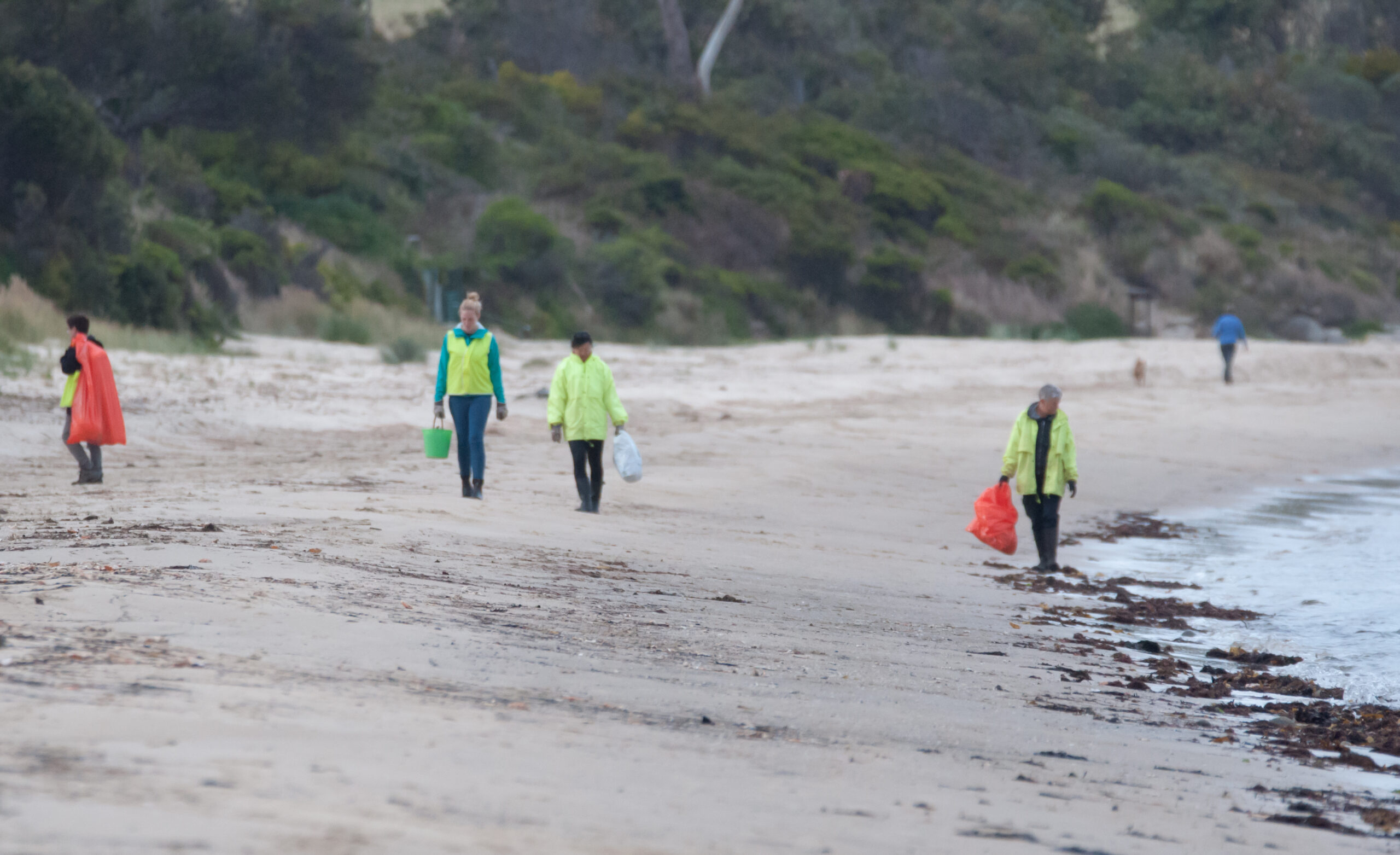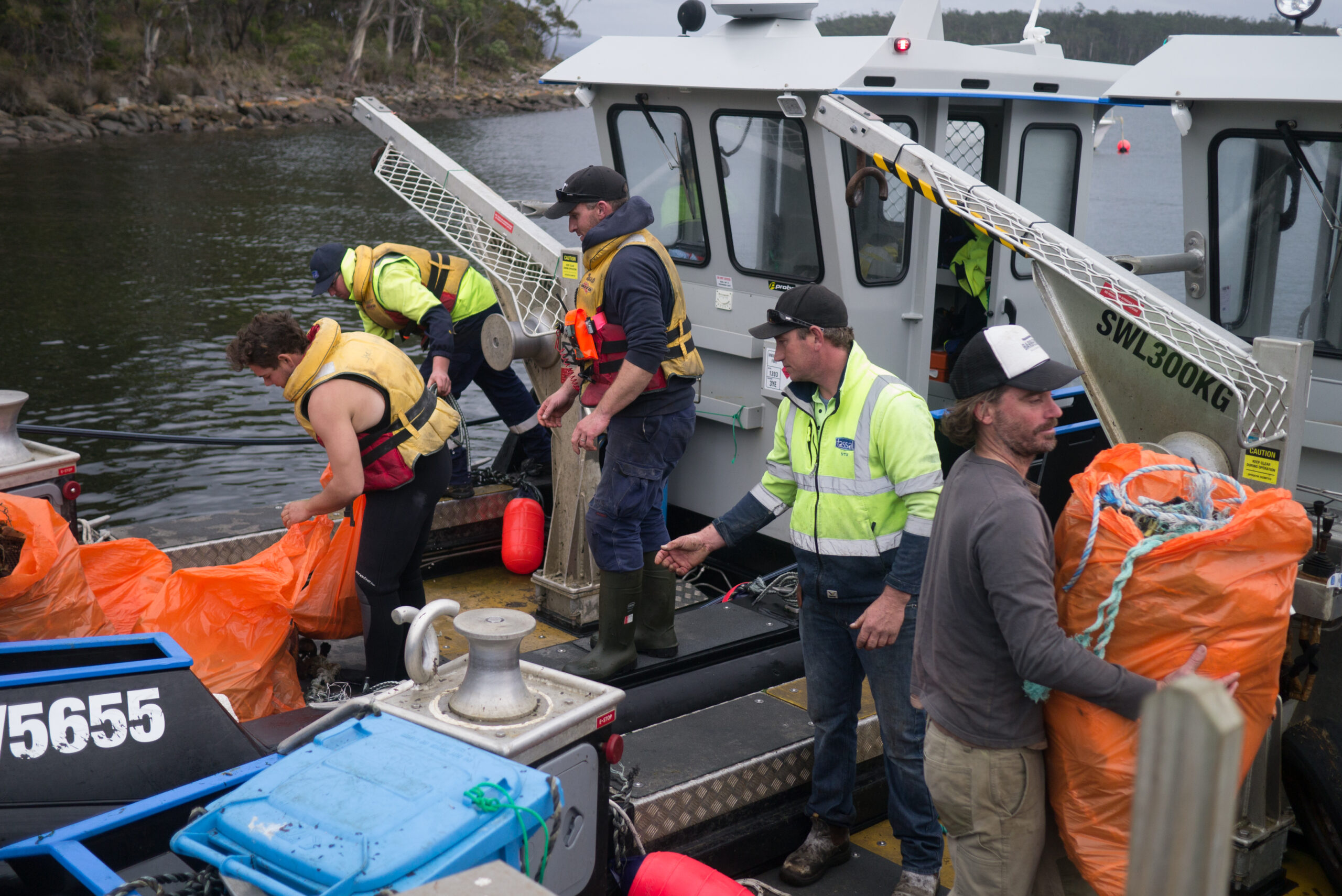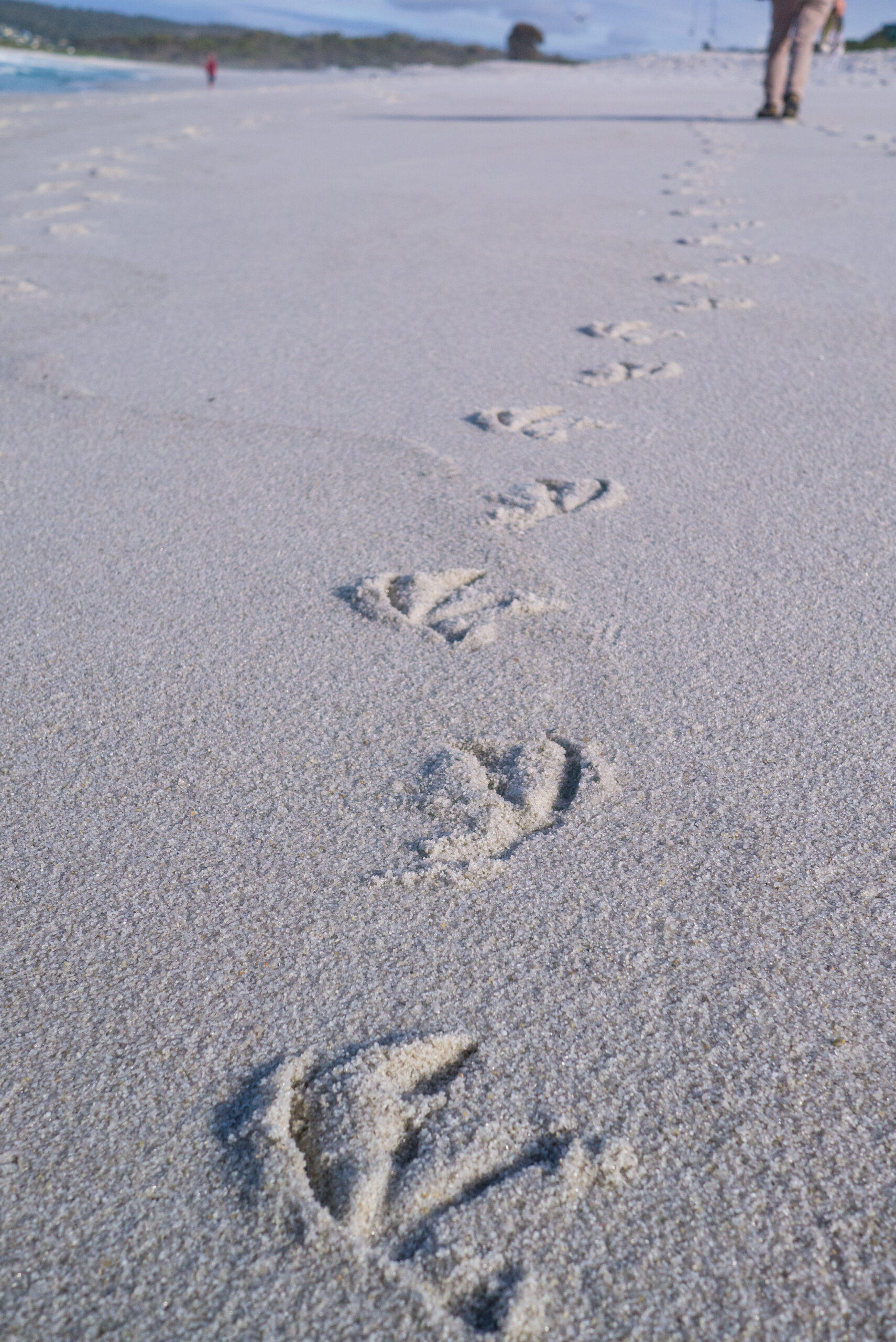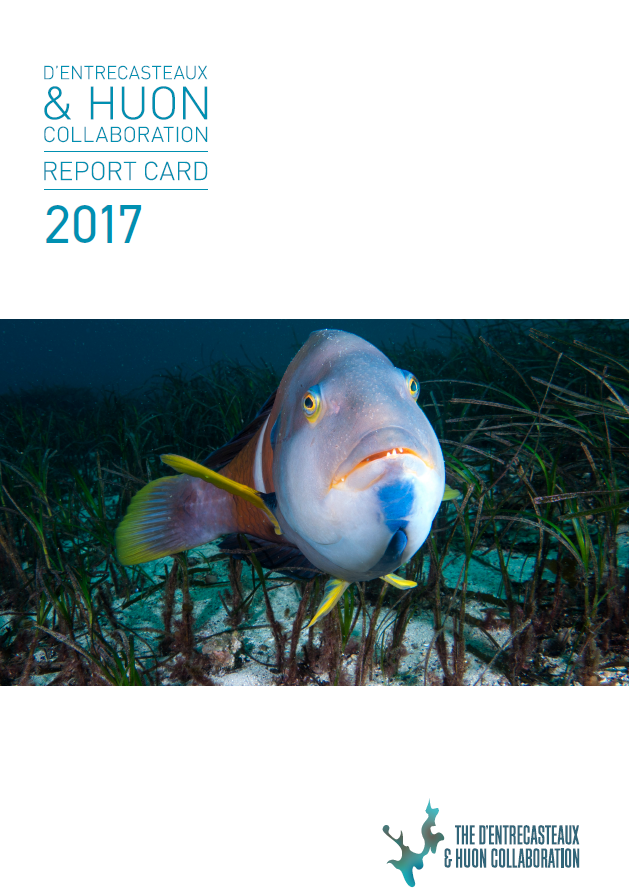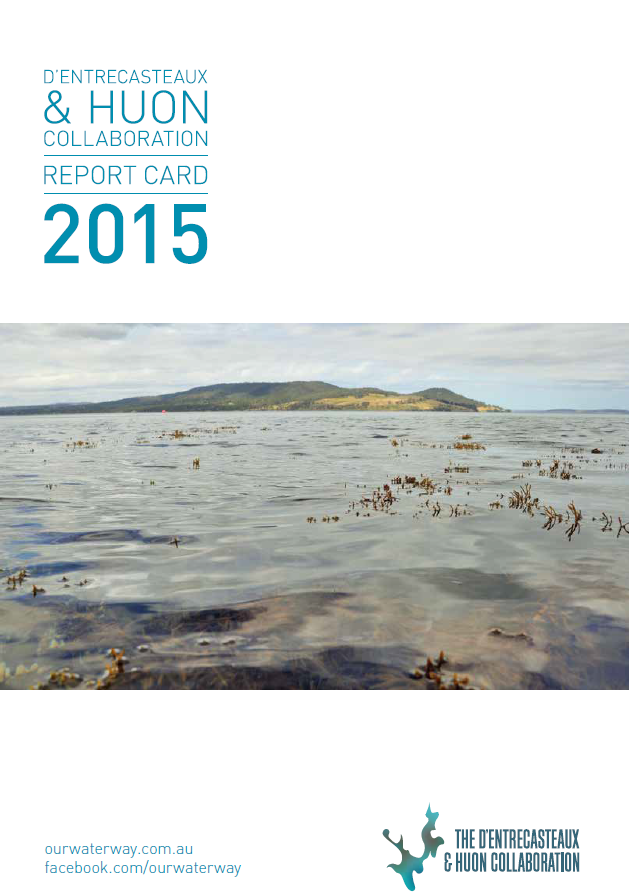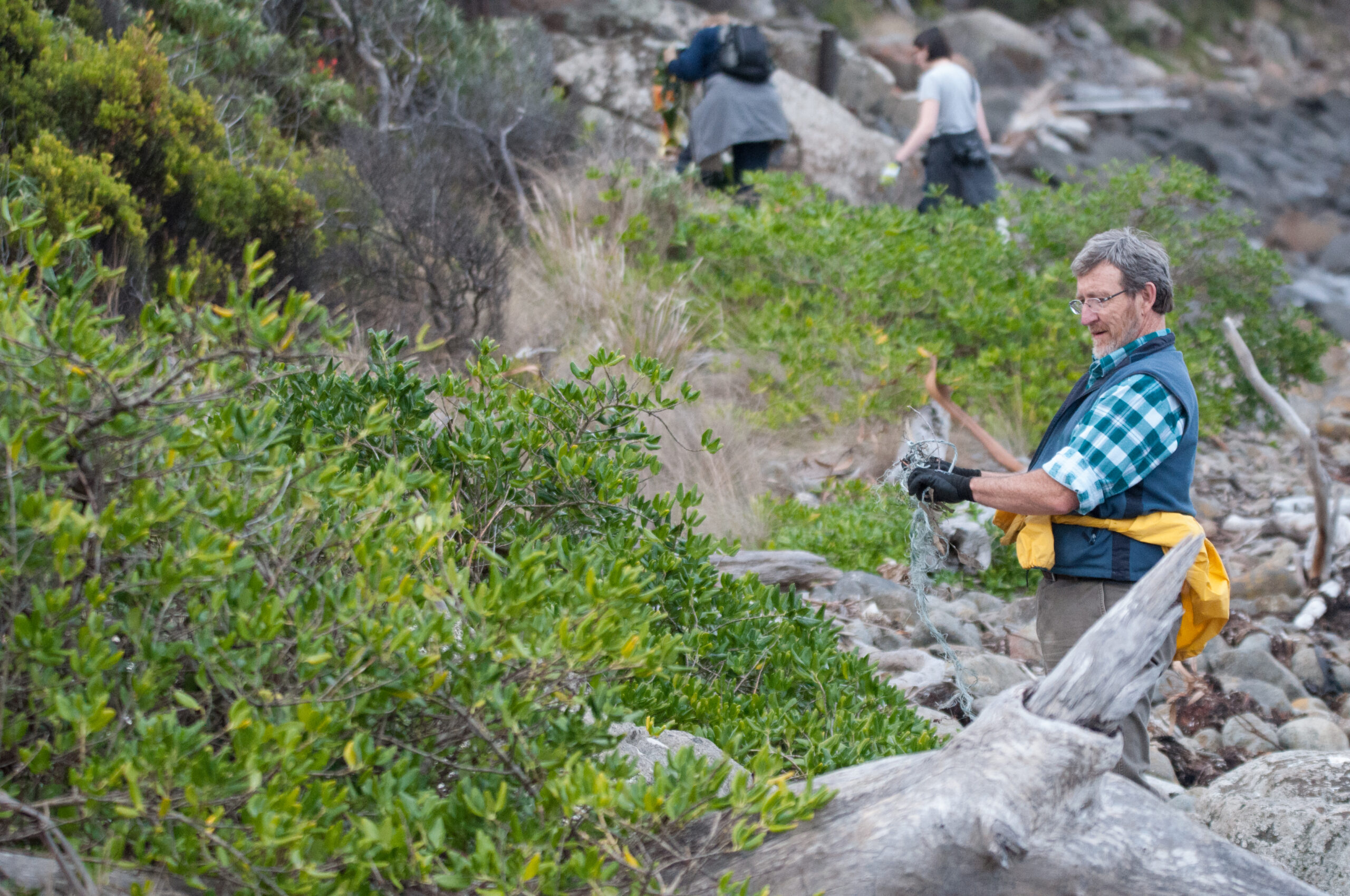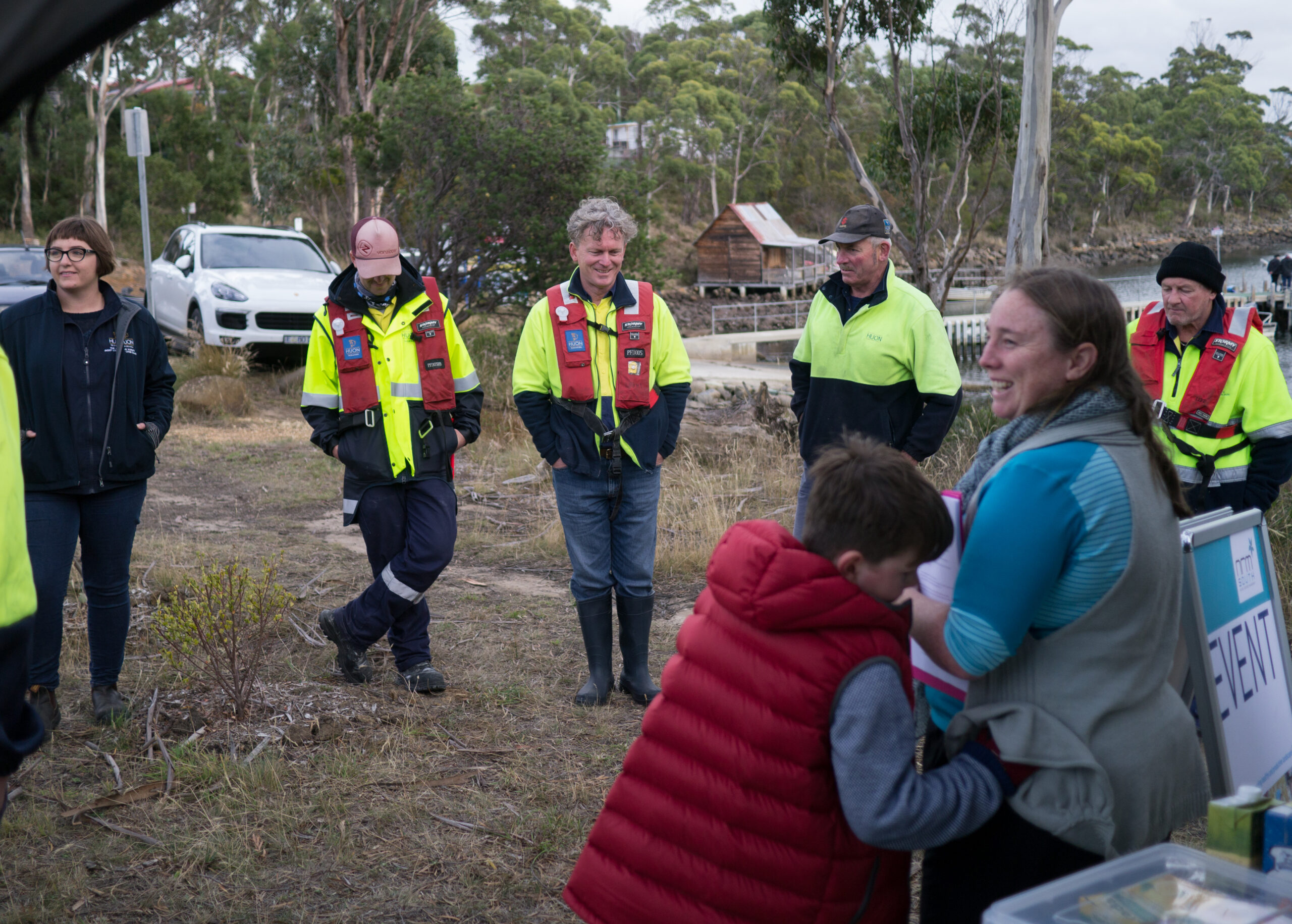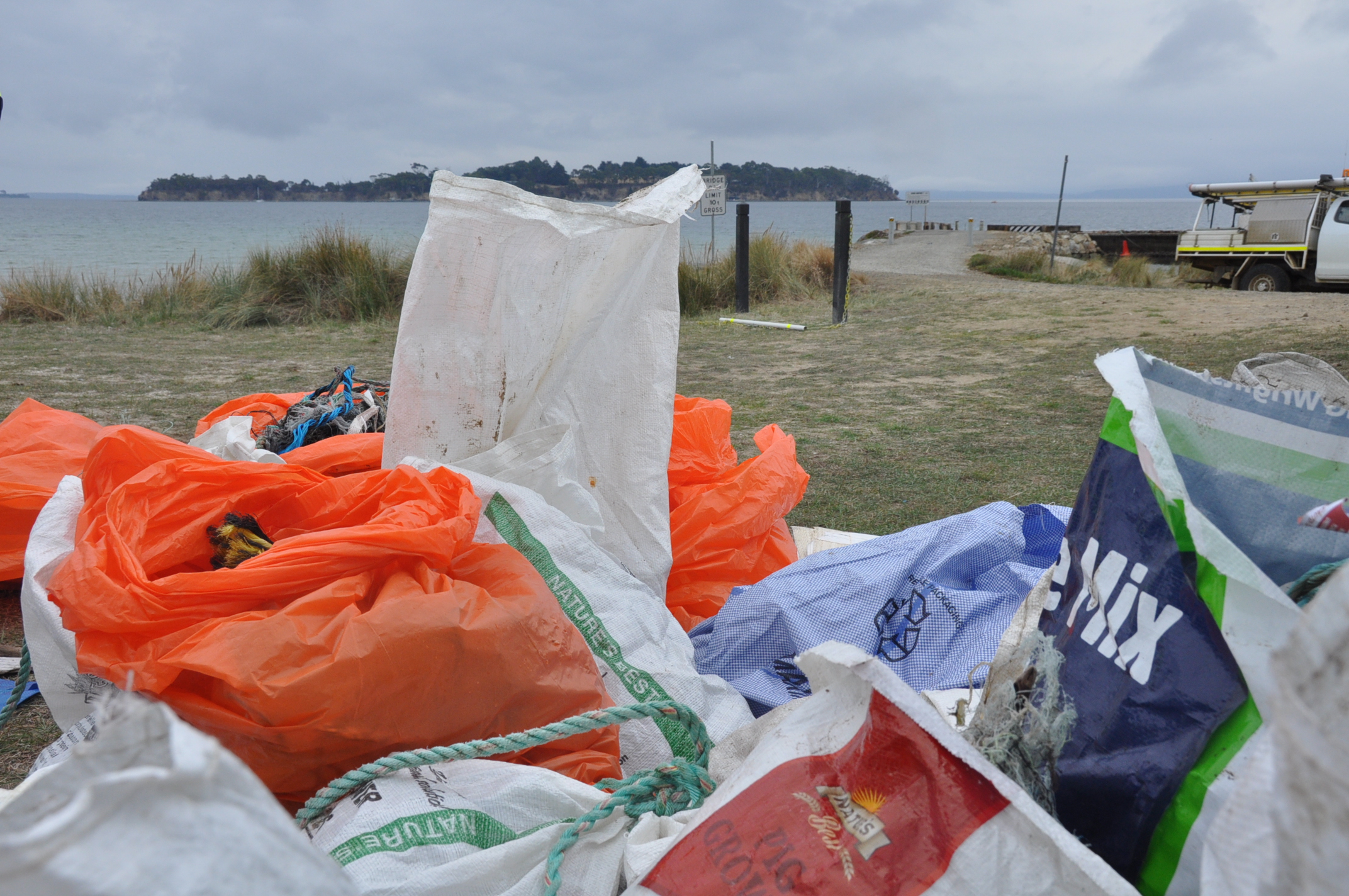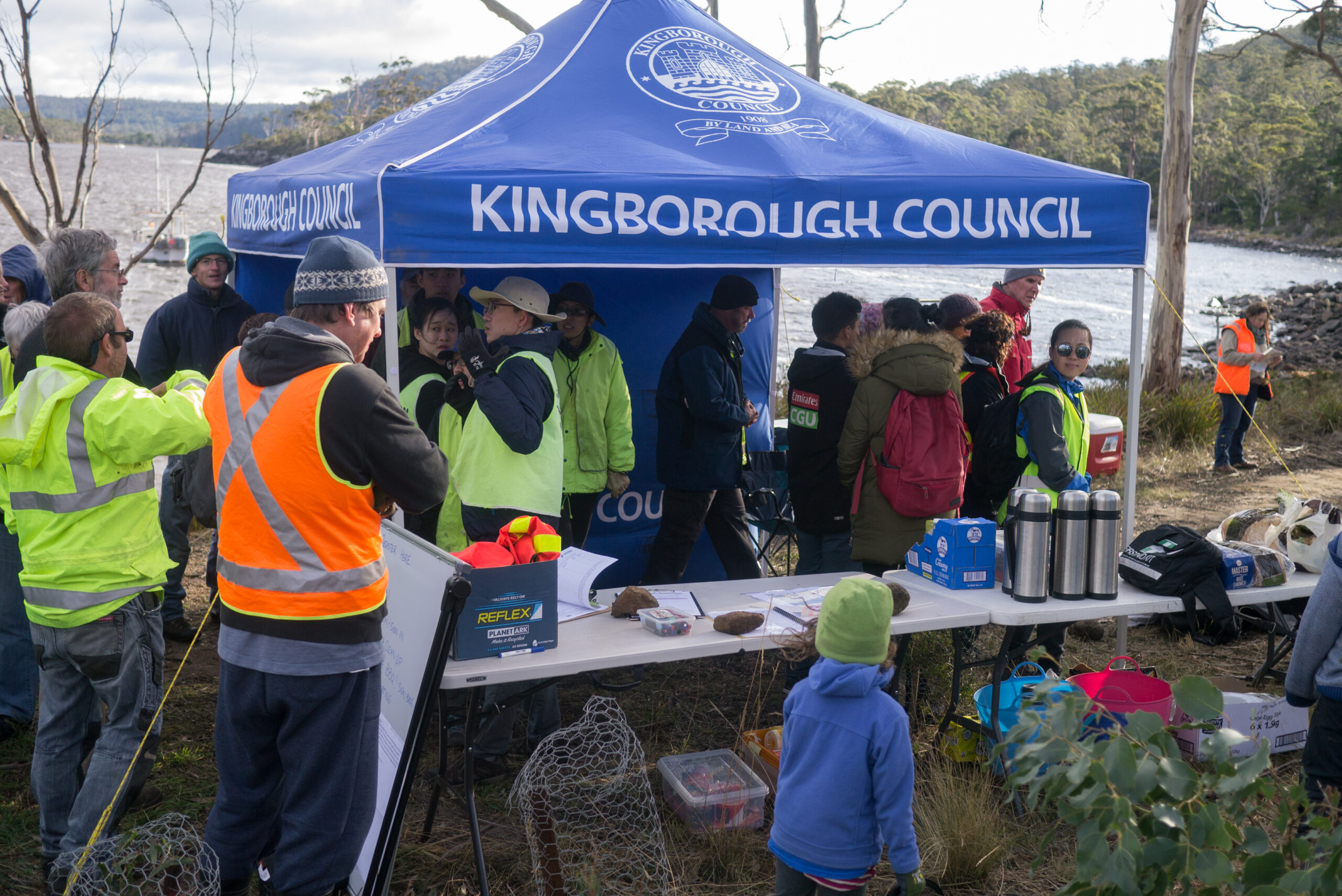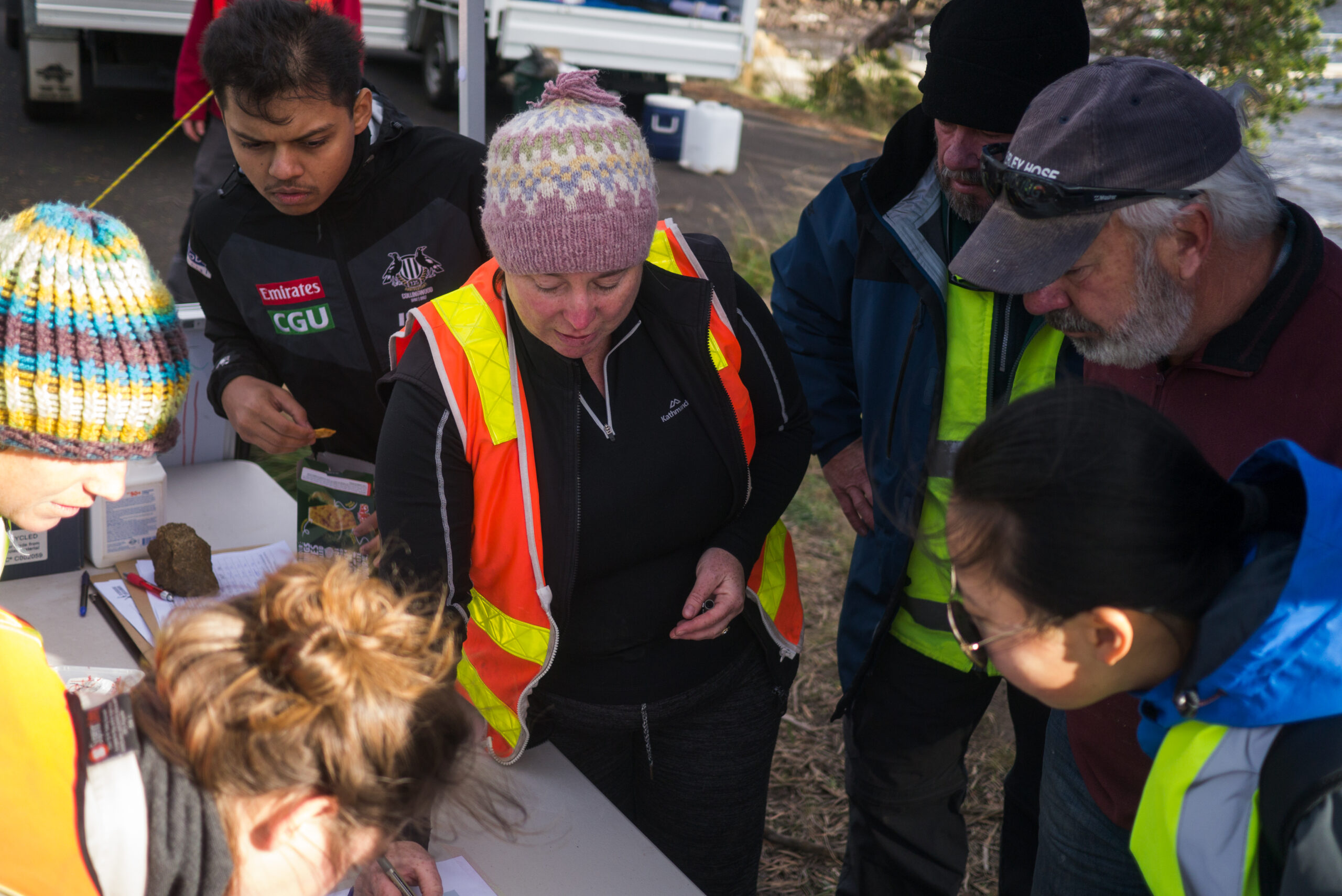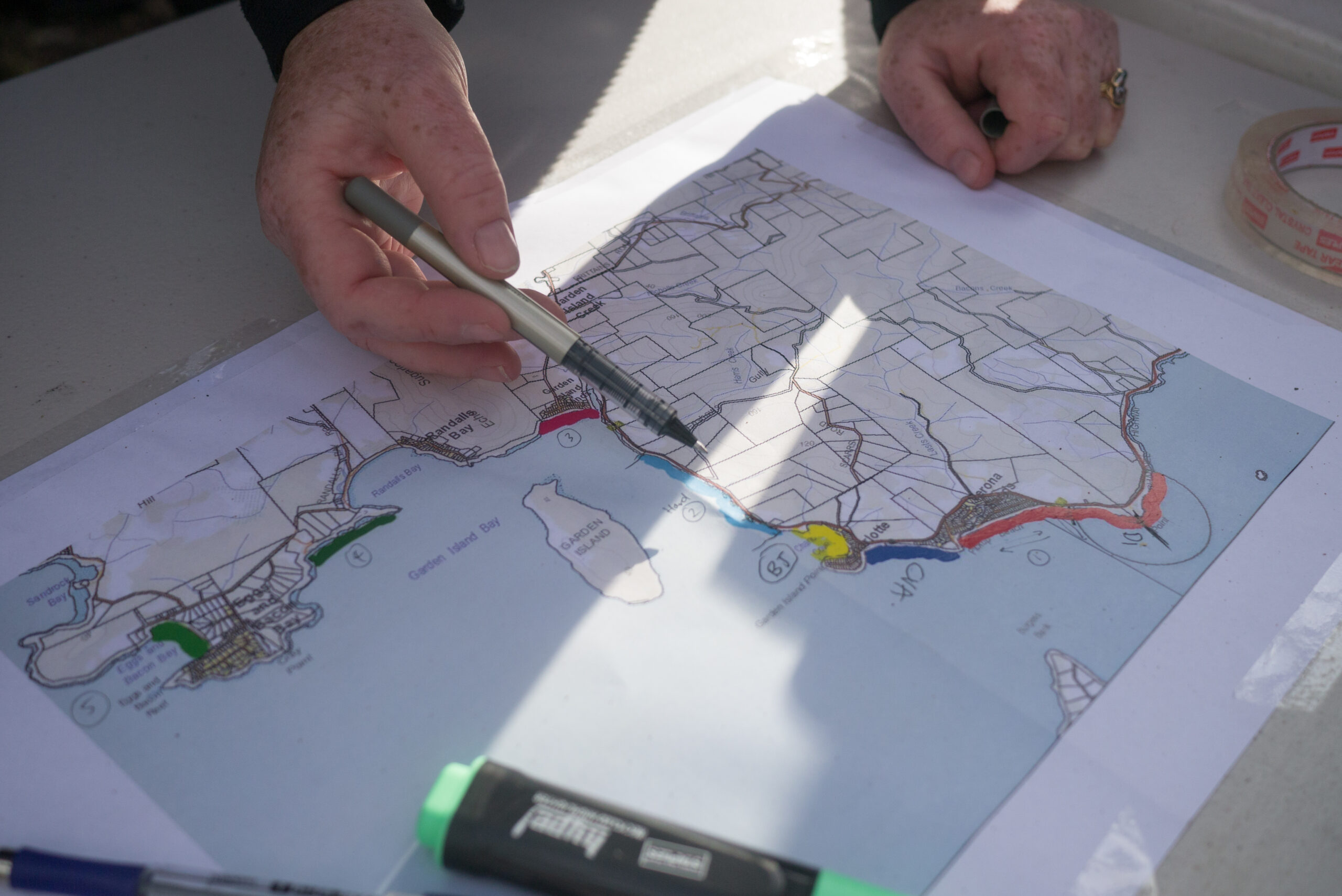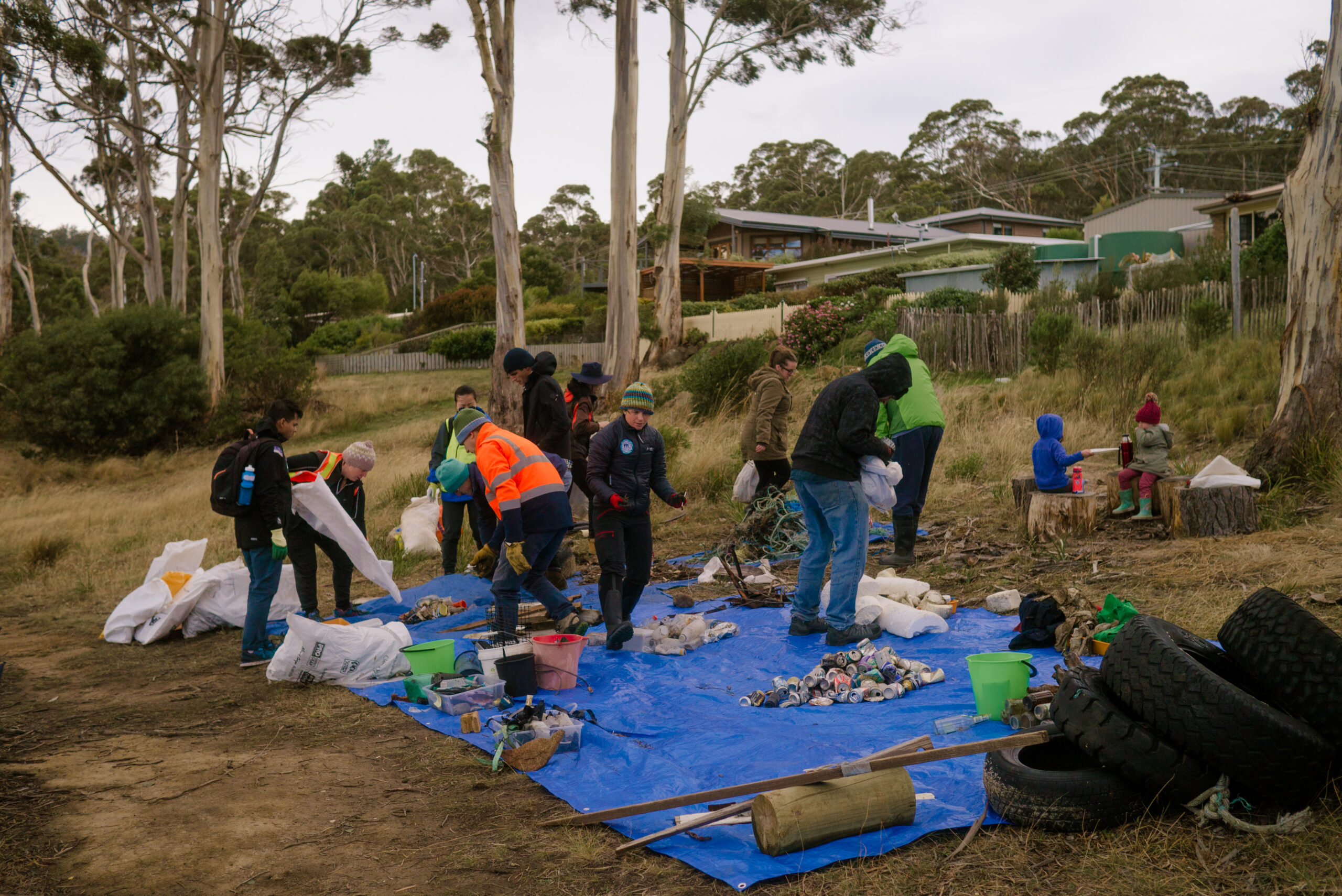D’Entrecasteaux and Huon Collaboration
The shared-use waterways of the D’Entrecasteaux and Huon host the highest number of recreational fishers and boaters in Tasmania. Our local identity is based on the natural resources and ecosystems that define the waterway. These features include the waterway’s catchment, foreshores, and marine environment. The waterway is prized for its beauty as well as fishing, boating and other recreational and commercial opportunities.
With thriving commercial operators and growing residential development, it is critical that the area’s natural values are managed effectively. Population growth along the coastline reflects its proximity to Hobart, its popularity and increasing employment opportunities in the tourism, shellfish production, and fishing sectors. Tasmania’s biggest finfish farm companies: Huon Aquaculture and Tassal, have multiple farming and processing facilities in the waterways.
Balancing the environmental and economic returns of such a highly valued resource is an ongoing exercise for the local community. While this dialogue has ebbed and flowed over the decades, there is a consistent undercurrent of value for the waterway.
The DHC was formed in late 2015 with the signing of an innovative partnership agreement between industry, government and natural resource managers. Supported by the Derwent Estuary Program, Huon Aquaculture, Huon Valley and Kingborough Councils, NRM South, Tassel and TasWater, the DHC worked to improve the diversity and condition of our natural values with cooperative and coordinated natural resource management.
This partnership provided a framework for collaboration to support and enhance the natural diversity and improve the condition of the D’Entrecasteaux Channel and Huon Estuary. In 2018, DHC partners came together to renew this agreement to 2020 at a signing ceremony at Tinderbox Reserve.
While the DHC Collaboration has now wrapped up, many of the technical resources developed as part of this work remain relevant and form an important part of the historical record of the D’Entrecasteaux and Huon waterways and have helped inform the development of our regional strategy – ensuring our sustained approach to balancing the environmental and economic returns of this valuable resource. Report cards and associated technical resources are available in our resource library.
